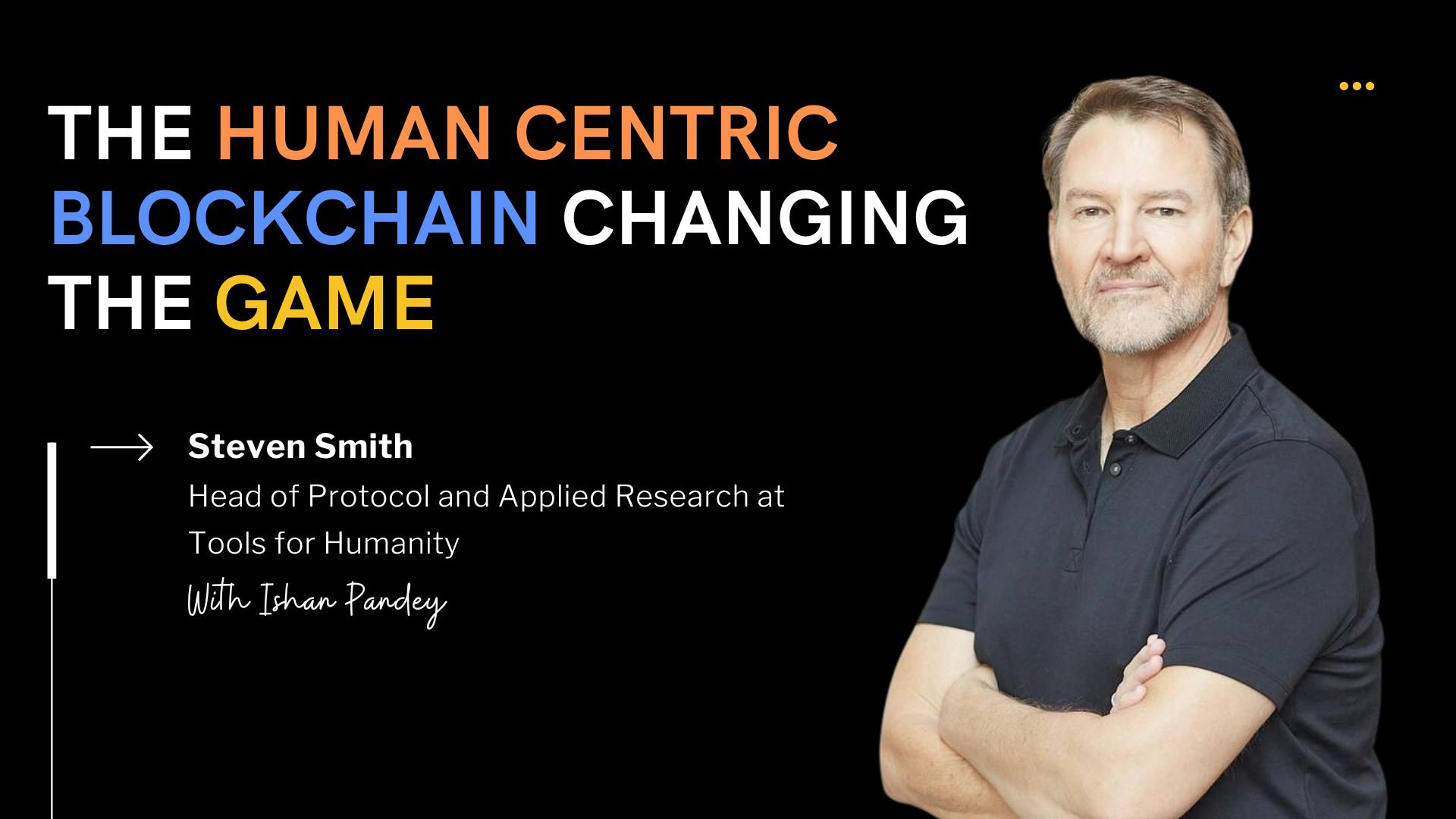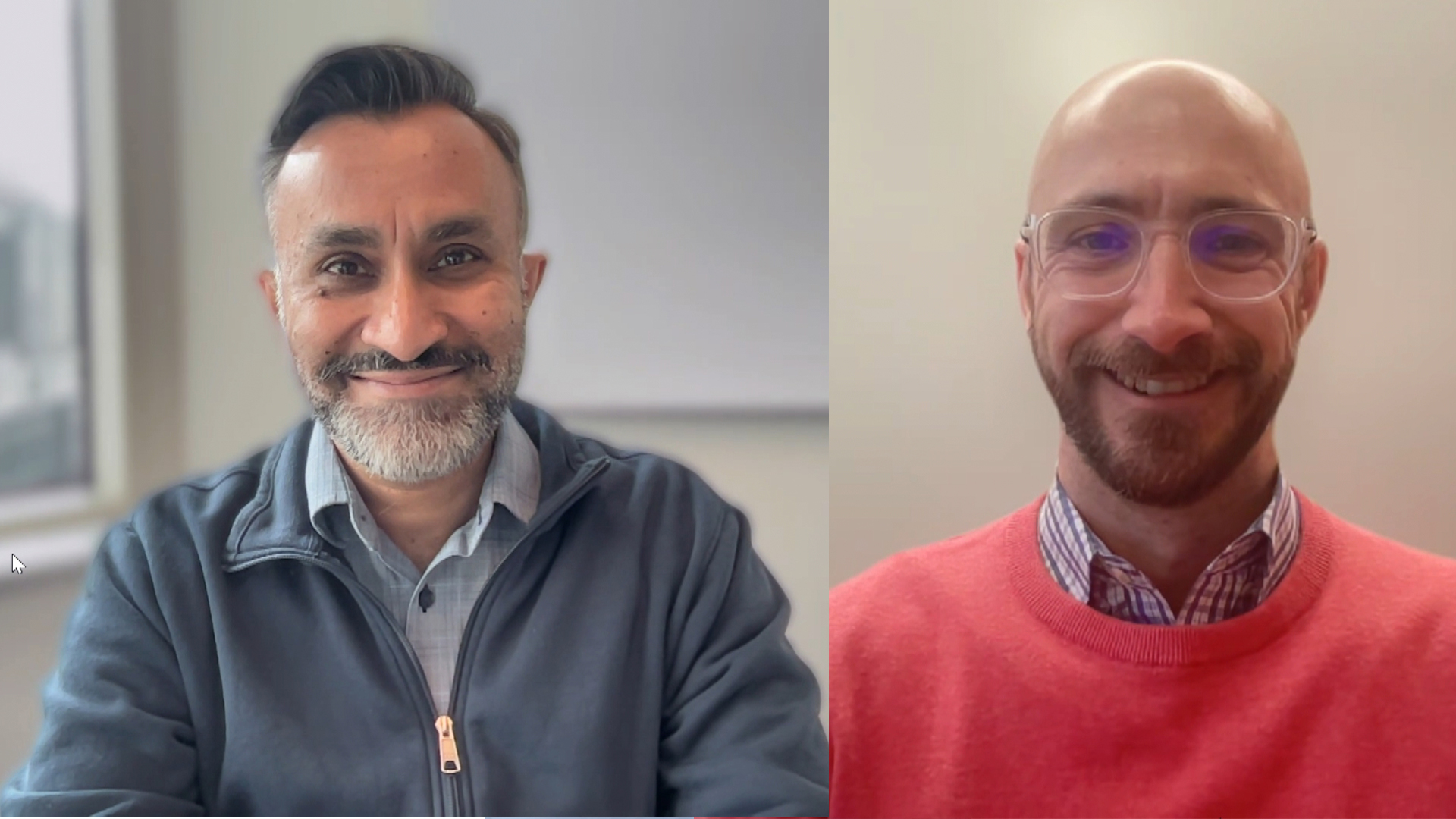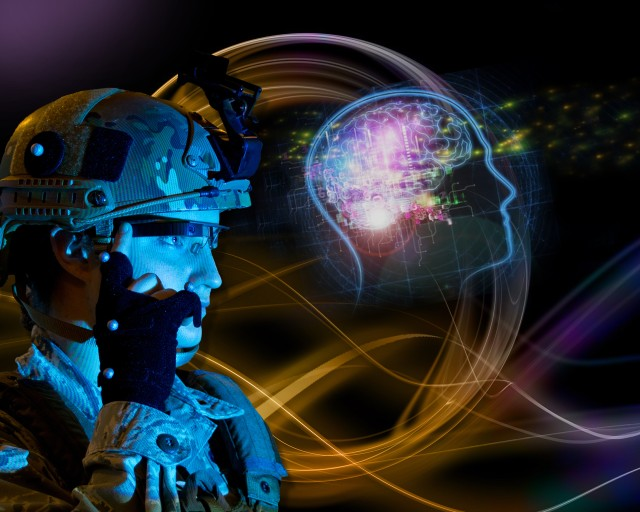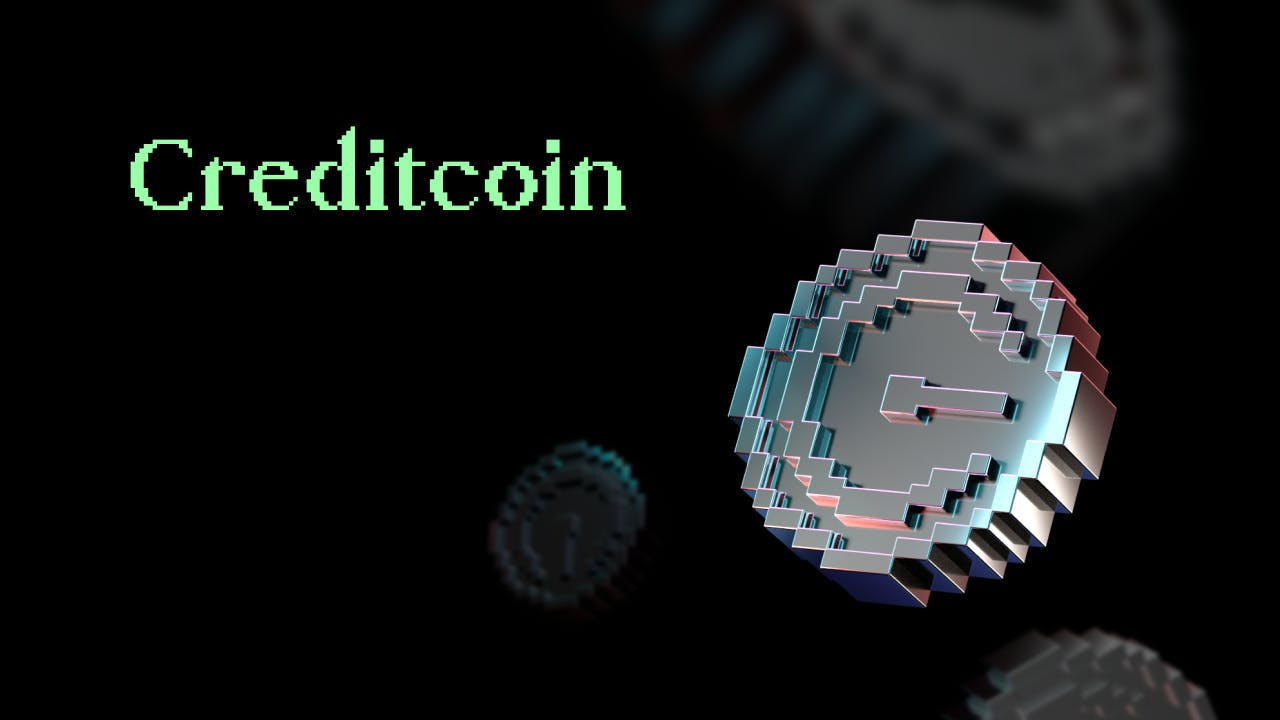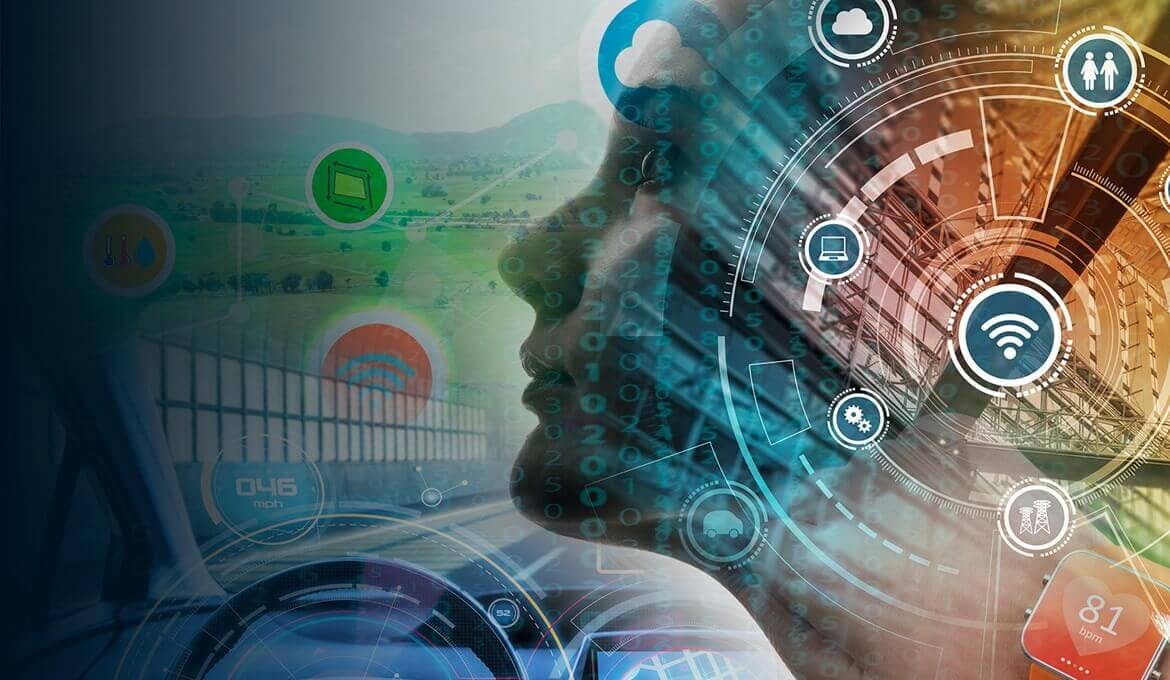AI agents and bots increasingly dominate digital spaces, and distinguishing real human interactions from automated systems has become a pressing challenge. Steven Smith, Head of Protocol and Applied Research at Tools for Humanity, is in charge of solving this through the World project. With the recent mainnet launch of World Chain—a blockchain designed to prioritize verified humans—Steven and his team are pioneering proof of human technology to ensure fairness and trust in digital ecosystems.
In this interview, we explore the technical breakthroughs behind Priority Blockspace for Humans (PBH), the role of World ID in combating AI-driven challenges, and the future of trust-first AI ecosystems that empower human agency.
1. Ishan Pandey: Steven, as the Head of Protocol and Applied Research at Tools for Humanity, you’re driving the World project’s mission to prioritize real humans in a digital world overrun by AI agents and bots. Can you tell us about the vision behind World Chain?
Steven Smith: World Chain, our blockchain designed for real humans, was built for a few core reasons. First, World Network has grown substantially, and we anticipate even greater scale in the future – as such, we need to develop the best infrastructure to ensure that scaling is seamless. Second, we envision a future where humans can coexist with AI agents and bots. Contrary to the common perception that bots are inherently bad actors, many are essential to network operations. AI agents, in particular, serve as productivity enhancers and multipliers, amplifying what individuals can achieve.
The key is ensuring that humans remain central to any given network. World Chain enables this by creating a blockchain specifically designed to accommodate both AI agents and bots while insulating human users from their potential drawbacks. It’s a blockchain built for people – a human-centric network that prioritizes verified users.
Since World Chain’s mainnet launch in October 2024, 24+ million World ID holders across 160+ countries have either migrated or are in the process of migrating to World Chain, making it the largest blockchain of individually verified humans in the world. World Chain is also maintaining the highest UOPS/TPS ratio of any Ethereum blockchain according to L2Beat. The network is supported by world-class blockchain service providers like Optimism, Alchemy, Uniswap, Safe, Dune, and Etherscan, and it integrates World ID natively to prioritize human transactions.
2. Ishan Pandey: What were some of the biggest technical obstacles you faced when designing Priority Blockspace for Humans (PBH) to ensure that verified human transactions take precedence over those from bots or AI agents?
Steven Smith: The fundamental challenge in designing Priority Blockspace for Humans (PBH) was determining, at the blockchain consensus level, whether a transaction originates from a human. Fortunately, World ID, which is a proof of human credential used onchain, solves this problem. World ID leverages zero-knowledge proofs (ZKP), allowing users to prove their unique humanness without revealing personal data. PBH, which recently launched on the World Chain testnet, is like a dedicated highway lane for humans, ensuring smooth and prioritized transactions. Every human-verified transaction on World Chain carries an associated ZKP, enabling the network to identify and prioritize them.
Another consideration was how to architect PBH as a modular, generic service that could extend beyond its initial application. Our collaboration with Flashbots and consultation with Optimism and Paradigm played a crucial role in refining this approach. By cleanly separating the block-building mechanism from the execution client, we designed an architecture that can be adapted for various use cases beyond PBH.
3. Ishan Pandey: Can you walk us through how PBH works within World Chain’s architecture? How does it leverage World ID and the OP Stack to prioritize human transactions while maintaining security and decentralization?
Steven Smith: PBH is currently live on testnet and is built on OP Stack, the rollup SDK from Optimism. OP Stack consists of multiple infrastructure components, one of which is responsible for block construction, deciding which transactions get included.
To implement PBH, our collaborations integrated the Reth execution client to modify the block-building process. PBH transactions carry a special payload that includes a World ID proof, ensuring that a transaction comes from a verified human. This mechanism enables priority inclusion of human transactions while maintaining decentralization and security.
4. Ishan Pandey: With World Chain now live on mainnet, how does your system handle a high volume of transactions while ensuring that verified humans aren’t outpaced by automated systems? What optimizations were key to achieving this balance?
Steven Smith: The core optimization is reserving a portion of every block specifically for human transactions. These transactions are prioritized at the top of each block, ensuring timely processing and insulation from bidding wars. Automated systems, particularly bots, operate with economic incentives, often paying high fees to secure priority inclusion. Without intervention, human users would face rising costs and delays.
PBH eliminates this problem by guaranteeing a set amount of blockspace for human-verified transactions, ensuring they remain affordable and accessible regardless of network congestion. Additionally, verified users benefit from a gas allowance, helping to cover the cost of casual transactions and ensuring affordability for everyday users. Casual transactions make up a majority of activity on World Chain, and this is what makes the network unique. We are bringing all people onchain, not just power users.
5. Ishan Pandey: PBH and World ID have the potential to act as a global “blue check mark” for AI-driven services. How do these technologies enable safe and fair integration with other blockchains or platforms, and what impact do you foresee on the broader ecosystem?
Steven Smith: PBH was designed with a specific application in mind – ensuring a special class of service for humans on World Chain. However, the underlying architecture is highly modular and can be adapted by other chains and platforms. The PBH code is open-source, allowing any blockchain to implement similar human-prioritized transaction mechanisms.
World ID functions as a global “blue checkmark” for unique humanness, providing a way to distinguish real users from automated entities across AI-driven services. In addition, it empowers users by allowing AI agents acting on their behalf to inherit the same verified privileges. The open-source nature of World ID ensures it can propagate across other chains and applications, further solidifying its role in civil resistance and human verification.
Examples of World ID integrations include apps and services like Minecraft, Reddit, Telegram, Shopify, and Mercado Libre, as well as blockchain projects like DRiP, DSCVR, Galxe, and more. Most recently, World announced a global partnership with gaming company Razer to launch ‘Razer ID Verified by World ID,’ a secure, single sign-on proof of human technology designed to create a safer and more authentic gaming environment. These integrations demonstrate World ID’s growing role as a trust layer across Web3, AI-driven platforms, and beyond.
6. Ishan Pandey: Looking ahead, what technical advancements are next for the World project? How do you plan to further enhance human agency and tackle challenges like deepfakes, scams, and agent swarms in trust-first AI ecosystems?
Steven Smith: We are continuing to develop innovative mechanisms to enhance human agency onchain. One major initiative is expanding the gas allowance for verified human users to cover a portion of their onchain activities, minimizing the friction of interacting with blockchain applications. We are also exploring new fee market structures to further insulate verified human transactions from volatility.
Beyond blockchain transactions, we’re actively working on technologies to combat deepfakes, scams, and agent swarms. This includes expanding World ID Credentials and developing World ID Deep Face, a tool designed to combat deepfakes in real-time video and chat interactions. Ultimately, our goal is to build a blockchain ecosystem that prioritizes human agency, ensuring that individuals remain at the center of digital trust and economic participation.
Don’t forget to like and share the story!
Vested Interest Disclosure: This author is an independent contributor publishing via our

